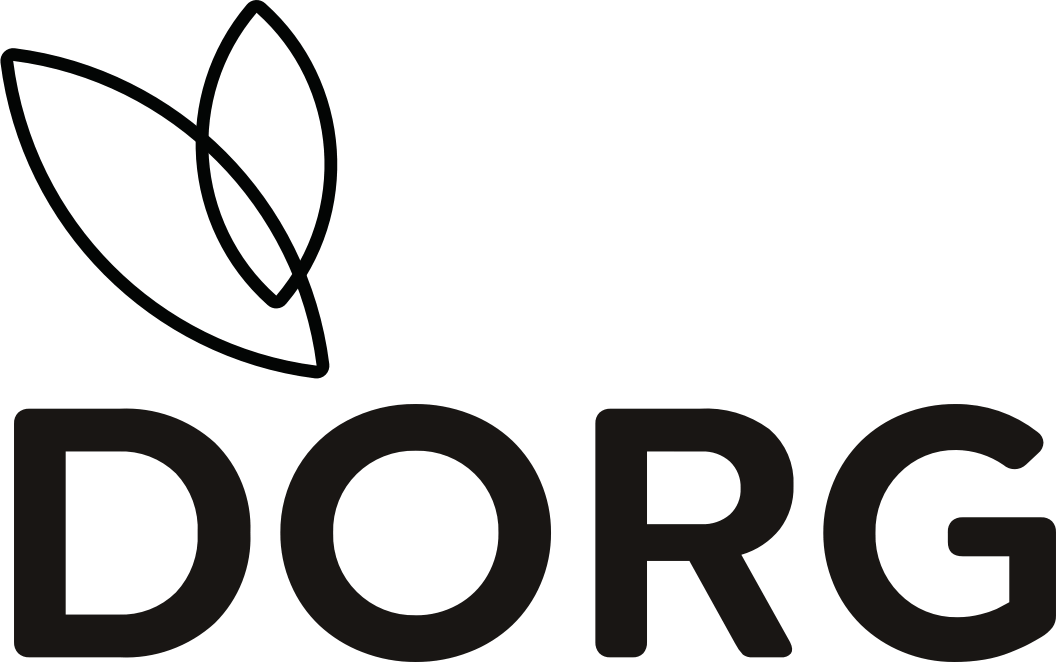Anyone who has an insulin resistance problem (or reverse insulin) or already has some basic knowledge of healthy eating is aware of the role insulin plays in our body. It is a hormone that acts as a messenger for stimuli such as hunger, reproduction and even some emotions.
Produced by the pancreas, insulin's main role is to regulate blood sugar levels. Of course we are talking about both sweets and complex carbohydrates such as whole grains or even legumes, which at first glance do not seem to contain sugar at all.
The sugar contained in these foods is processed into glucose molecules and then carried by insulin to the liver and muscles, where it is then stored in the form of glycogen as an energy reserve. This is how our body works under normal conditions. However, if you exaggerate with certain foods – or suffer from specific pathologies – it is possible to develop a form of insulin resistance (or reverse insulin).
What is insulin resistance (or reverse insulin)?
Let's start by saying that it is not a disease, rather a condition in which insulin and glucose do not work as they should. It happens when you consume too many sugars: the body desensitizes, getting used to having high levels of insulin in a chronic form. This leads to an increase in dopamine and serotonin levels, which in turn lead to a craving for more sugar.
By increasing the consumption of sugars and carbohydrates, insulin begins to "get confused", i.e. it is no longer able to manage glucose, and this leads the pancreas to react by producing more insulin. However, this does not solve the problem, only generating an excess of glucose and an excess of insulin. The result is that glucose is stored as body fat. Furthermore, the increase in blood sugar is associated with a slowdown in metabolism and consequent weight gain.
How to understand if the amount of sugar in the blood is excessive
Those with excessive amounts of sugar in the blood usually present with symptoms such as cravings for sugars and carbohydrates, but also hunger attacks in general, anxiety, mood swings, irregular menstrual cycles, fertility problems, ovarian cysts and fat on the abdomen.
These are absolutely common symptoms, and can often be treated with a simple one diet or short-term therapy. So, if you have one or more of these issues, don't be alarmed.
How to reverse insulin resistance
There are several ways to stabilize your blood sugar level. In this article we have decided to present you the three easiest and fastest, to start fighting the problem right away.
1) Eat more fat and more slow-release carbohydrates
Reduce your intake of sugars and processed foods and, instead, insert good fats and slow digestible carbohydrates. Any examples? Olive oil, egg yolk, bacon, bone broth, avocado, coconut oil, some nuts, salmon.
As for slow-release carbs: sweet potatoes, quinoa, pumpkin, black rice, wild rice, lentils, and azuki beans.
2) Move more
We are not advising you to join the gym – although it would be preferable – but to increase the time you spend on the move. If you work from home, stop and dance. If you work in an office, go for walks, and try to get out of the sun so you get vitamin D straight from the source. In fact, even low-impact movement is effective for fighting fat, increasing insulin functionality and stabilizing blood sugar levels.
3) Use specific supplements
If you have diabetes or are transitioning from a diet high in sugar and processed foods, you may need a little help with supplements. The best are: L-glutamine, an amino acid that is an excellent source of energy for the brain, cinnamon, which works on insulin effectiveness and has a major impact on glucose metabolism, and finally bone broth , rich in glycine, an amino acid that allows you to keep the glucose produced under control.
Advice? Start with just one of these strategies, and slowly add the others, proceeding quickly on your path to well-being!




